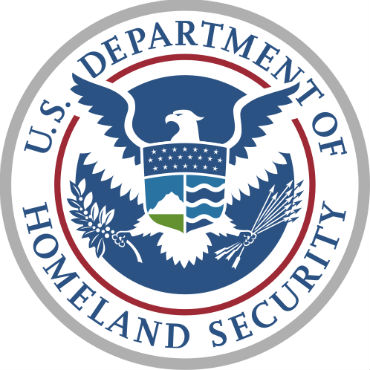E-Verify role upped in White House plans

A new White House immigration wish list calls for 100 percent employer participation in DHS' online worker status verification system.

The president's newly issued list of immigration principles is long on changing federal statutes to tighten up the borders and immigration legal loopholes, but it would also require all companies use E-Verify.
President Donald Trump sent out a list of principles to Congress on Oct. 10, setting broad boundaries for his immigration reform playing field. The list could upset Congressional Democrats, who had thought they had recently reached agreement with the president on some immigration hot buttons, such as young undocumented aliens.
Mandatory E-Verify has been floated before as part of the Trump administration agenda.
The president told Congress that all U.S. employers should be required to use the U.S. Citizenship and Immigration Services' E-Verify system that checks the Social Security numbers of newly hired employees against Social Security Administration and Department of Homeland Security records to ensure employees have the necessary authorizations to legally work in the country.
Only a handful of states -- Alabama, Arizona, Georgia, Louisiana, Mississippi, North Carolina, South Carolina and Tennessee and Utah -- currently require companies to use E-Verify to screen new hires.
Companies that don't comply with E-Verify would face "strong penalties," while federal contractors that don't comply would face debarment, the president said.
Some Congressional Republicans have been gearing up to make E-Verify mandatory for all U.S. private employers. Back in September, Reps. Lamar Smith (R-Texas), House Judiciary Committee Chairman Bob Goodlatte (R-Va.), and Ken Calvert (R-Calif.) introduced the Legal Workforce Act that would make using the screening mandatory.
They said over 740,000 American employers currently use E-Verify, which "quickly confirms 99.8 percent of work-eligible employees and takes less than two minutes to use."
A September 2017 report from the Federal Reserve Bank of Dallas found that some states where the program is mandated saw a drop in the number of unauthorized immigrant workers, but others did not.
Some observers have suggested that compliance is an issue. The Cato Institute said in an Oct. 3 report on the program that 57.6 percent of all new hires were run through E-Verify in 2015 in the states where 100 percent of all new hires were supposed to be verified.
The report also said employers could be put off by the paperwork required and the 139-page user manual that they have to learn for the program to run properly.
NEXT STORY: The 20-year climb to an elevated CyberCom


